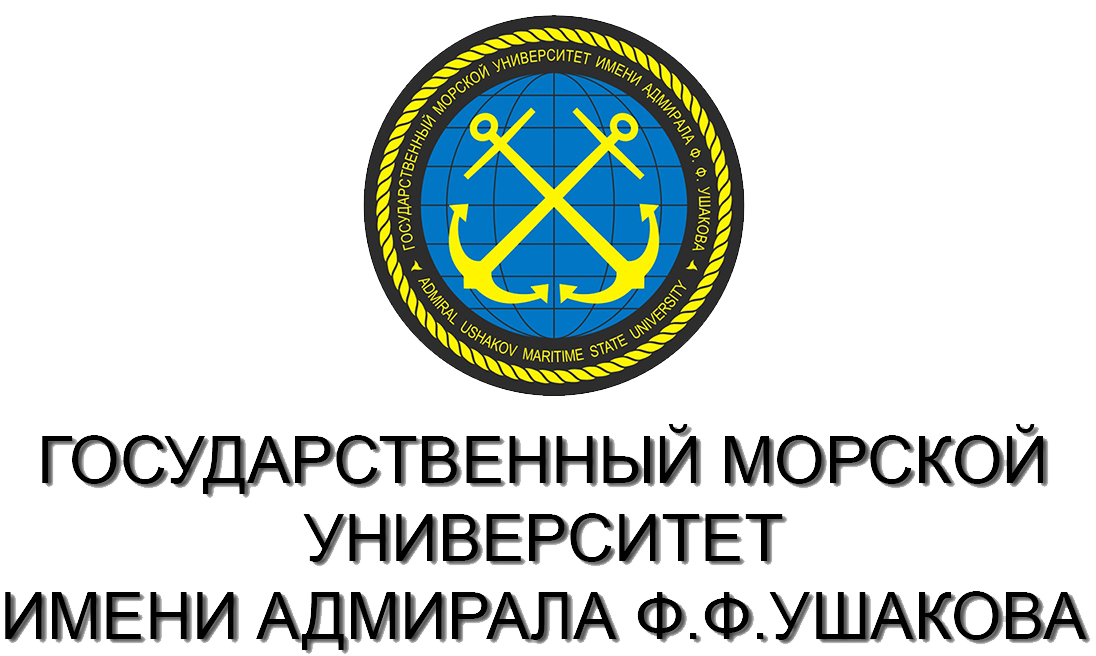Развитие национальной цифровой логистической платформы в России подразумевает, процессы перевозки, перегрузки и оформления грузов должны стать прозрачны и прогнозируемы. На стадии заключения договора клиент должен знать о грузовом терминале его базовые характеристики и ситуацию на терминале на момент прибытия клиентской грузовой партии. Для выполнения данной задачи необходимо определить базовые параметры грузового терминала, которые необходимо передавать в НЦТЛП, а также набор динамических параметров, влияющих на создание прогноза по загруженности терминала
цифровой порт, цифровая логистическая платформа, параметры работы порта, морской порт
1. Serdyukova, L. O. Digital platforms for development of innovative transport logistic systems / L. O. Serdyukova, R. R. K. Bashirzade, A.V. Pakhomova // St.Petersburg State Polytechnical University Journal. Economics. - 2020. - Vol. 13. - No 2. - P. 64-78. - DOIhttps://doi.org/10.18721/JE.13206.
2. Воронов, И. Создание национальной логистической платформы / И. Воронов // Логистика. - 2020. - № 10(167). - С. 34-37.
3. Дмитриев, А.В. Развитие цифровых платформ транспортно-логистического обслуживания / А.В. Дмитриев // Логистические системы в глобальной экономике. - 2020. - № 10. - С. 125-129.
4. Volynchikov, I.B., Timchenko, T.N. Provisions for the formation of a maritime shipping company's competitiveness management system (2019) International Journal of Economics and Business Administration, 7, pp. 93-100. ttps://www.scopus.com/inward/record.uri?eid=2-s2.0-85069656260&partnerID=40&md5=a7b86d093705fa42db9a7d73cd900371
5. Buzenkov, I.I., Tyufanova, A.A., Khaleeva, E.P. On the possibility of organizing communication for e-Navigation in the coastal zone using radio-technical posts of the vessel traffic control system (2021) Journal of Physics: Conference Series, 2061 (1), статья № 012110. https://www.scopus.com/inward/record.uri?eid=2-s2.0-85119470225&doi=10.1088%2f1742-6596%2f2061%2f1%2f012110&partnerID=40&md5=0bb2543bd4eae46803d8e2e4d7e5409e
6. Перспективы создания тренажерной системы для диспетчера морского порта / Д. Д. Стрельников, А. В. Бачище, И. А. Стрельникова [и др.] // Морские интеллектуальные технологии. - 2021. - Т. 4. - № 2(53). - С. 116-120. - DOIhttps://doi.org/10.37220/MIT.2021.52.2.079.
7. Strelnikov, D. Finding an optimal route of a consignment in a seaport / D. Strelnikov, J. Rudnitckaia // 4th International Conference on Intelligent Transportation Engineering, ICITE 2019 : 4, Singapore, 05-07 sep. 2019. - Singapore, 2019. - P. 29-33. - DOIhttps://doi.org/10.1109/ICITE.2019.8880154.
8. Ильин, И. В. Цифровые технологии для реализации сотрудничества Smart City и Smart Port / И. В. Ильин, С. Е. Калязина, А. Д. Борреманс // Технологическая перспектива в рамках Евразийского пространства: новые рынки и точки экономического роста : Труды 5-ой Международной научной конференции, Санкт-Петербург, 07-08 ноября 2019 года. - Санкт-Петербург: Центр научно-производственных технологий "Астерион", 2019. - С. 127-129.
9. Alekseev, A.A., Popov, V.V., Boran-Keshishyan, A.L. Artificial intelligence for data collection and application of the probabilistic-logistic method in ship traffic control systems of seaports (2021) Journal of Physics: Conference Series, 2061 (1), статья № 012106, . https://www.scopus.com/inward/record.uri?eid=2-s2.0-85119497954&doi=10.1088%2f1742-6596%2f2061%2f1%2f012106&partnerID=40&md5=f6acce22783edf99675f2735e8a58853
10. Yuankai Huang, Qicai Zhou, Xiaolei Xiong, Jiong Zhao, "A Cooperative Intermodal Transportation Network Flow Control Method Based on Model Predictive Control", Journal of Advanced Transportation, vol. 2021, Article ID 6658319,15 ,15pages, 2021. https://doi.org/10.1155/2021/6658319
11. L. Heilig, E. Lalla-Ruiz, and S. Voss, “port-IO: an integrative mobile cloud platform for real-time inter-terminal truck routing optimization,” Flexible Services and Manufacturing Journal, vol. 29, no. 3-4, pp. 504-534, 2017.
12. M. P. M. Hendriks, D. Armbruster, M. Laumanns, E. Lefeber, and J. T. Udding, “Strategic allocation of cyclically calling vessels for multi-terminal container operators,” Flexible Services and Manufacturing Journal, vol. 24, no. 3, pp. 248-273, 2012.
13. C. Caballini, C. Pasquale, S. Sacone, and S. Siri, “An event-triggered receding-horizon scheme for planning rail operations in maritime terminals,” IEEE Transactions on Intelligent Transportation Systems, vol. 15, no. 1, pp. 365-375, 2014.
14. Rusca, A., Rusca, F., Rosca, E., Dragu, V., Rosca, M., 2018. Improving capacity of port shunting yard. Progress in Maritime Technology and Engineering, pp. 35-42.
15. Rusca, F., Popa, M., Rosca, E., Rusca, A., Rosca, M., Dinu, O., 2019. Assessing the transit capacity of port shunting yards through discrete simulation. Transport Problems: an International Scientific Journal, 14(4).
16. Golias, M.M., Boilé, M., Theofanis, S. and Taboada, A.H. (2010) A multi-objective decision and analysis approach for the berth scheduling problem. International Journal of Information Technology Project Management 1 (1): 54-73.
17. Karafa, J., Golias, M.M., Ivey, S. et al. The berth allocation problem with stochastic vessel handling times. Int J Adv Manuf Technol 65, 473-484 (2013). https://doi.org/10.1007/s00170-012-4186-0
18. Zeng, Q., Feng, Y. & Chen, Z. Optimizing berth allocation and storage space in direct transshipment operations at container terminals. Marit Econ Logist 19, 474-503 (2017). https://doi.org/10.1057/mel.2016.2
19. Rida, M. Modeling and Optimization of Decision-Making Process During Loading and Unloading Operations at Container Port. Arab J Sci Eng 39, 8395-8408 (2014). https://doi.org/10.1007/s13369-014-1328-8











